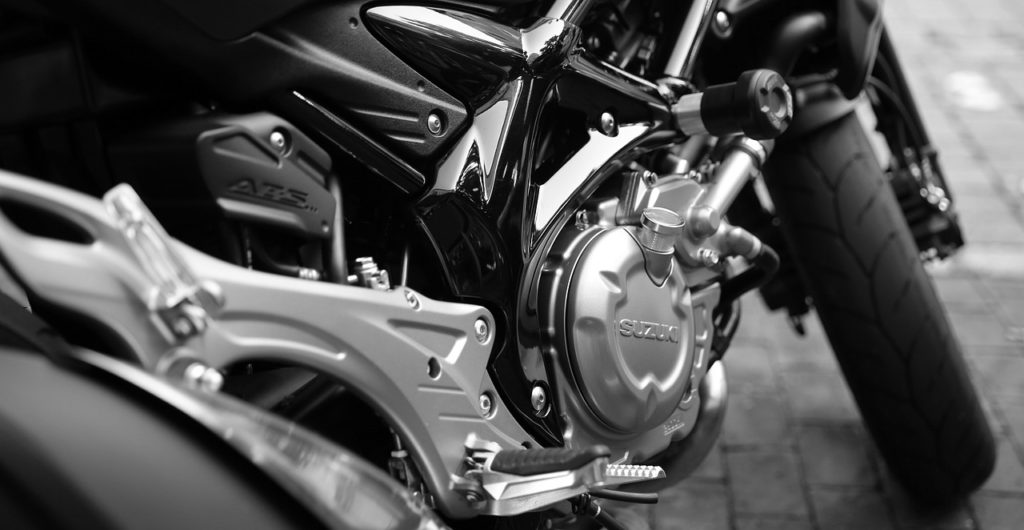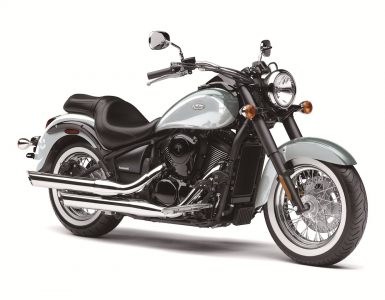Most times changing the oil in your motorcycle is what you might need the most. It is often one of the first biking services a newbie might need to perform. But as you get used to it, your motorcycle becomes an extension of you; so sometimes it can be tough deciding whether or not your bike needs its services. That is why we have put together a list of some helpful tips that should help keep this whole thing manageable for you!
Some people will do their oil changes after every long ride for better engine protection, while others might try to avoid this task altogether. But regardless of what kind of maintenance you do for your bike, there are a few things to keep in mind.
So let’s get started!
Why does Motorcycle Oil matter?
Oil lubricates the main parts of your motorcycle, giving it a smooth running and long-lasting performance. Not only that, but it also helps keep you safe on the road. It is the main ingredient in your motorcycle’s engine, which keeps all the parts inside it in motion.
Other important parts are lubricated by oil, such as your brake pads, lubricating seals around your bearings, and even your piston rings – so without oil, these parts would not move properly and would create different problems that could affect the performance of your bike.
When Should I Change Motorcycle Oil?
Usually, we recommend that you change your oil every 3000 miles for all kinds of motorcycles, but this can vary greatly depending on a lot of factors. For example; anything from a dirt bike to a sports or touring motorcycle might need different amounts of oil since they reach peak performance differently.
Also, very often you have to get a second opinion from your mechanic. One common pattern that we notice is that if you are riding under the speed of 55 miles per hour, then changing your oil every 6 months is perfectly fine. If not, then you should consider changing it every 3 months.
How do I Change My Motorcycle’s Oil?
When performing an oil change on your motorcycle, there are several things that you need to pay attention to. First, you can pick out the kind of oil and filter that fits best for your bike. We usually recommend being safe and getting the same kind of oil that came with the bike when it was new. This is the best way to avoid any issues by not messing up with a new or different kind of oil.
There is also a lot of different kind of filters that you can get for your bike, from foam ones to metal and paper filters. These will also depend on the kind of bike you are using, but it’s best to have an expert mechanic help you out with this one.
If we are not being too technical, then changing your oil is like changing out one car’s oil for another.
What Are the Different Types of Motorcycle Oil?
There are several different kinds of motorcycle oil, each with its own set of advantages and disadvantages. One example is synthetic oil, which is often made from a more complex mixture of chemicals. This kind of oil typically offers more break-in protection in your engine and keeps it free from wear and tear by more evenly dispersing the heat while you ride your bike.
The Disadvantages of Synthetic Oil: Keep in mind that synthetics are also usually more expensive than other types of motorcycle oils. They can also be harder to work with because they have a very low viscosity, which means that their consistency is pretty thin when compared to others. That makes them prone to breaking down if they are not fresh, which is why it’s important to change your oil regularly.
But because they break down less often, they also tend to be a lot harder to detect problems with, especially in low-light situations. Also, synthetic oils will cause your engine to burn more oil because of the added chemicals within these oils.
Another example is conventional oil. Conventional oil is made by refining crude oil, which is a much more natural process. This is just like the kind of oil you would put in your car or truck at home. It will also be thinner and make for easier conducting of heat.
The Disadvantages of Conventional Oil: You might not need to change your conventional oils as often as you would with synthetics, but the problem with conventional oil is that it is composed of different compounds that can create varnishes and sludge inside your engine over time. These are usually made from deposits left behind from pressure-cooking the crude oil into its more harmless state.
Conventional oil can also have some more corrosive chemicals that are not natural for your engine to process, which is why it’s highly recommended that you change your conventional oil at least every 3000 miles.
How To Choose the Best Motorcycle Oil for Your Bike
There are a few things that you will want to keep in mind when choosing the best motorcycle oil for your bike. If you love your bike and want to take care of it, then these steps may seem like a no brainer, but it’s always good to be reminded of the little things.
Here are some other tips for choosing the best kind of oil for your ride:
If your oil is an odd color or smells bad – You should consider changing it immediately! This can help you avoid bigger problems down the line that are usually caused by a lack of lubrication in a moving engine.
If you have to add oil a lot when riding – This is usually due to not changing your oil regularly or running it at a higher rate of speed than usual. The best thing to do in this case is to change your oil as soon as possible!






Add comment